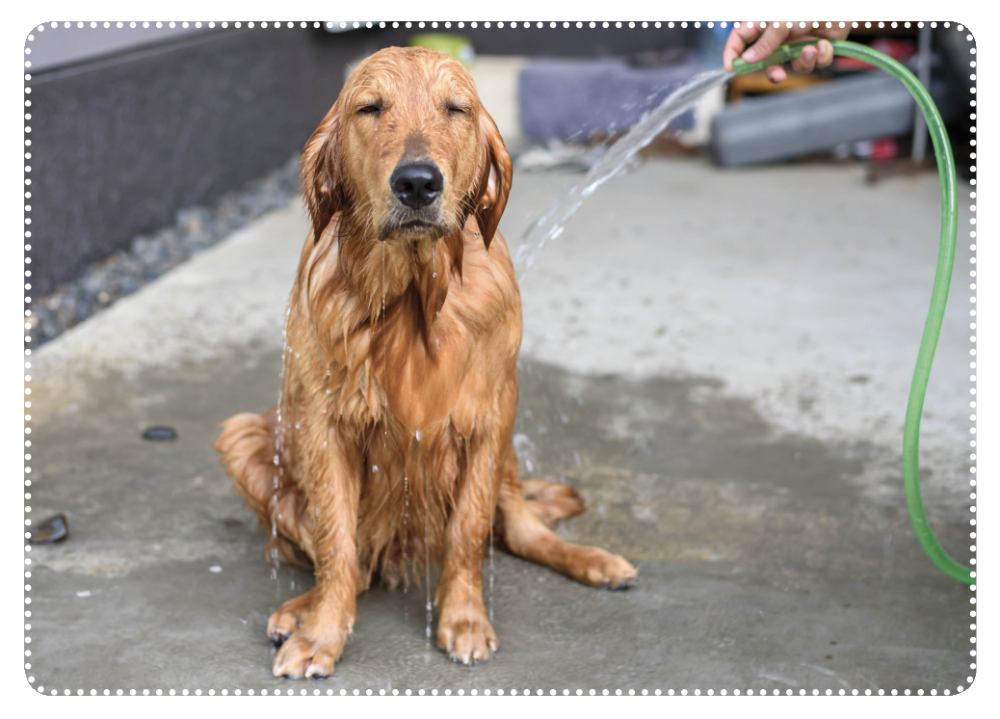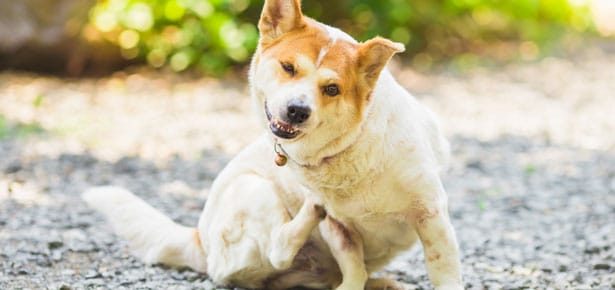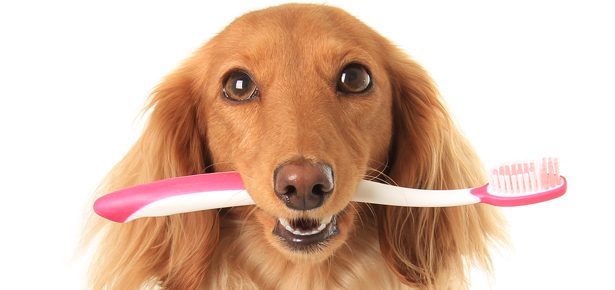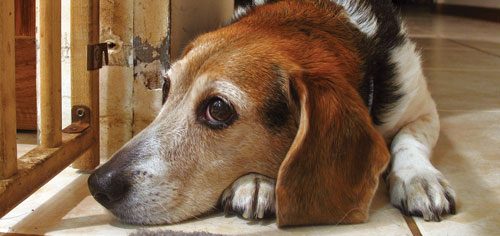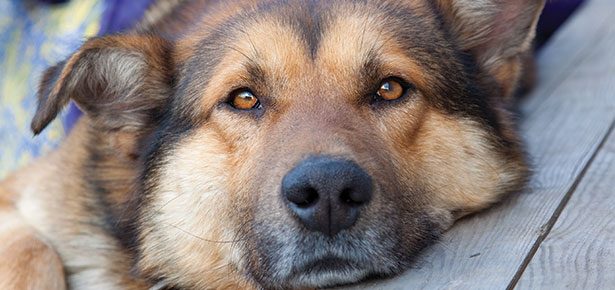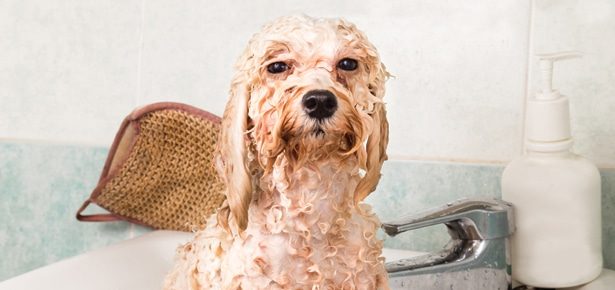
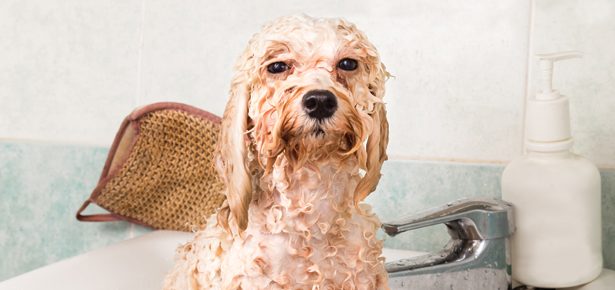
Why You Need to Take a Close Look At Your Dog’s Grooming Products
Make your dog clean and green
Skin irritants, cancer causing ingredients… why you should make sure your dog’s grooming products—as well as your own—are eco-friendly
Nicole Rossmo-Rigets started preparing homemade dog food with organic ingredients for her Wheaton Terrier back in the 1980s, and credits the wholesome diet for the pup’s longevity.
“Bailey, who lived to 14 years of age, was like a pup until the last seven months of her life,” she says.
But one area that she couldn’t go organic was her dog’s grooming products because they didn’t exist yet.
She says the harsh chemicals hurt Bailey’s skin.
“A Wheaton's skin is extremely sensitive… and hers would show hot spots from conventional grooming,” she says.
Flash forward several decades and Rossmo-Rigets takes her French Water Dog, Coco, to Spa Dog Organic Dog Spa, an organic groomer in Vancouver, Canada, that uses only eco-friendly and natural ingredients that are certified organic or, like the lavender they use, wild-harvested locally.
Thanks to these natural products, Coco has never experienced negative side effects the way Rossmo-Rigets’ previous dog Bailey did with conventional grooming products.
“Organic is better for dogs and the environment. It's most definitely best for Coco. She’s a healthy, happy girl!” she says.
The owner of the spa, Adam Coladipietro, says he’s heard of plenty of negative health effects from dog owners using conventional grooming products: rashes from shampoos, allergic reactions, and plenty of canines with dry, irritated skin.
He says more dog people are turning to “green grooming” because they want to ditch the harsh chemicals and synthetic colours, fragrances, and ingredients that can hurt their dog.
“We get compliments on how dogs aren’t itchy after coming here, and people will actively seek us out for our shampoos,”
he says.
Bad for Dogs, Bad for People
Chemicals and synthetic colours and fragrances are added to many doggie shampoos, conditioners, and other grooming products in a bid to make them smell great and lather. But some of those ingredients contain pesticides, suspected carcinogens, and irritants that can have negative health effects not just for the pup being groomed, but also the people who come into contact with the dog once he’s back in the home, snuggling with his family.
There’s also the damage to the environment once these chemical-based products are washed down the drain. Petroleum products can pollute local drinking water sources and harm fish and wildlife that use the waterways.
Steer Clear: What to Avoid
Not surprisingly, some of the product ingredients that are potentially harmful to your pet’s health and the environment also pose risks to our own wellbeing. Here are four of the top ingredients to avoid in pet and people products alike…
1. BHA (butylated hydroxyanisole)
Human use: Preservative in makeup and skin moisturizers
Dog grooming: Preservative in dog shampoo
Potential harm: Can cause allergic reactions in skin. Listed on the David Suzuki Foundation’s “Dirty Dozen” cosmetic chemicals to avoid, BHA has been classified as a potential human carcinogen by the International Agency for Research on Cancer. Found to cause lung, liver and kidney problems in lab animals, it is banned in cosmetics in the European Union.
2. DEA (diethanolamine)
Human use: Found in sunscreens and moisturizers; makes shampoos creamy
Dog grooming: Used to make dog shampoo sudsy
Potential harm: Cocomide DEA, or just DEA, can cause skin and eye irritation and has been linked to liver cancer, according to the David Suzuki Foundation. The International Agency for Research on Cancer classifies DEA as a possible human carcinogen.
3. SLS (sodium laureth) or SLES (sodium lauryl ether sulfate)
Human use: Makes bubble bath, shower gels, cleansers, soaps, and detergents foamy
Dog grooming: Detergents in dog shampoos
Potential harm: These inexpensive foaming agents can cause eye or skin irritation. The Environmental Working Group has linked SLS to organ toxicity, cancer, and neurotoxicity. They don’t break down easily in water and can hurt marine organisms.
4. Synthetic colours and fragrances
Human use: Make cosmetics and household products smell and look nicer
Dog grooming: Enhances the colour or smell of a grooming product
Potential harm: Many synthetics are created from petrochemicals that often contain aldehydes, benzene derivatives, and synthesizers which are known to cause allergic reactions, migraines, and asthma symptoms, according to a warning from the David Suzuki Foundation. Diethyl phthalate in synthetic fragrances is also harmful when it’s washed down the drain as it can be toxic to marine wildlife.
*It’s not always a simple task to seek out pet products that are natural and free of harsh chemicals because there are few legal requirements for companies to list the ingredients. While you can try to only buy products from companies that voluntarily list what’s in the product, don’t be afraid to ask the manufacturer if there’s something you don’t recognize. Seek out formulations that are biodegradable, free of parabens and synthetic fragrances, and use organic ingredients wherever possible.
DIY Home Treatments
You can also make your own DIY dog spa treatments at home that work hard without the use of harsh and toxic chemicals. Check out these articles:
Join the newsletter and never miss out on dog content again!
"*" indicates required fields
By clicking the arrow, you agree to our web Terms of Use and Privacy & Cookie Policy. Easy unsubscribe links are provided in every email.
